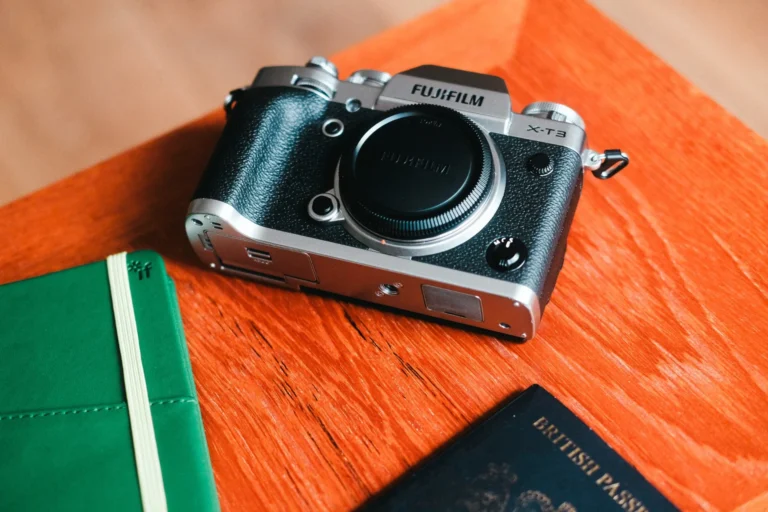
In street photography, making mistakes is all part of the learning experience. You’ll always make them, no matter how far you are into your journey. There are some common mistakes that beginner street photographers make, and in this article, I’m showing you how to fix them.
Street photography mistakes video
Photographing the backs of heads

Street photography is intimidating. The idea of making photographs of strangers without consent is enough to make someone want to stay at home. To play it safe, many new street photographers make photos of the backs of people’s heads.
I did the exact same thing over a decade ago. We do it to protect ourselves, hoping it helps us avoid confrontation. We don’t want to get caught.
I’m not saying photographs from behind can’t be compelling, but if that’s all you have then your portfolio is going to get boring, quickly.
The truth is, if you want an authentic experience in street photography, you need to overcome your fears. You have to take the risk and photograph freely, regardless of what you feel others will think. In fact, most people won’t have a problem, and there are ways to handle confrontation. You’ll also make better pictures that have more meaning and a story to tell.
You don’t stand still

Part of the allure of street photography is that it encourages you to go on long, unpredictable walks. The joy of going on “the hunt”, not knowing what you’ll catch is, well, thrilling.
Walking around has its consequences though. You can miss shots due to constantly being on the move. Sure, something super compelling will stand out, but those everyday scenes that hold so much value are likely to pass you by.
By standing still, you’re able to be more analytical. You can methodically browse your environment, and see what narratives are unfolding. Personally, I think the slower you move the more connected you become with the process.
That’s not to say stop going on those long walks. Hell yeah, you should. They’re awesome and fun. But, don’t be afraid to stand still every once in a while, for an hour or longer. I think you’ll see the benefits reflected in the images you create.
You’re not using aperture priority

It’s ingrained into us that if we want to be photographers, we must learn to shoot manually. I don’t disagree with that. Anyone that wants to learn photography should understand the fundamentals.
I do, however, think once it’s learnt, we feel any other shooting mode is inferior. This is largely down to ego. Not wanting to be seen as unskilled or looked down upon by your peers.
We all need to get over that. We’ll enjoy the process more. There are also great benefits to shooting in aperture priority. Most cameras are excellent nowadays and they can help you get those shots, while you still take credit for the creative vision.
Natural light changes fast. Messing around with manual mode can mean you miss the shot. You don’t want that. Instead, only having to worry about the aperture, allowing your camera to do the rest, means you won’t miss the shot. That’s far more important than how you control your camera settings.
If you’re new to shooting in manual mode, check out this article: The best camera for shooting in manual mode.
You don’t know your laws

I recently posted a photo in a photography subreddit. It’s been deleted by admin, but for your viewing it’s the image above. Before it was deleted, one user said they have a negative view of street photography, perhaps because it’s illegal in their country. They’re from Germany, where it’s not illegal to make photos in public.
The user and I had a respectful back and forth. It was clear, though, that if you don’t know your laws, you may be missing out on practicing street photography and the joys it brings. Whether it’s your home, or somewhere you travel, it’s best to research the laws before you go.
Most western countries allow you to practice street photography freely. There are some differences on how you can use the images, including having the right to post them online. Government websites are a good place to learn about the street photography laws for a specific place.
Signing off
Thankfully, all the mistakes above are easy to correct. You have to overcome your fears, let your ego go, and make sure you know your laws. Once you’ve done that you will start making better street photographs.
If you have the travel bug right now, checkout the best cities for street photography. Some of them will surprise you, all of them will give you a great environment to make street photographs.
What mistakes do you think need correcting? What are you trying to improve in your street photography? Let me know in the comments. Thanks for reading.
Want your work featured on Them Frames? Pitch us.










